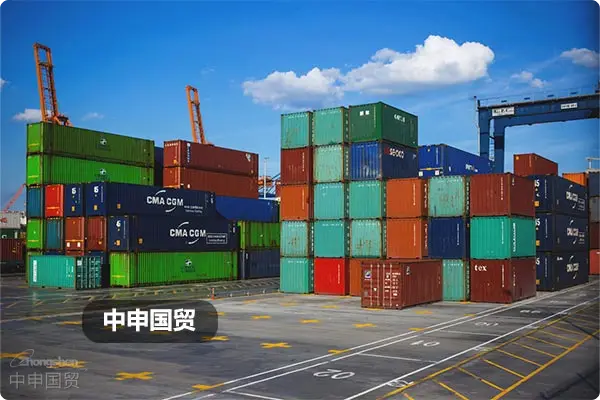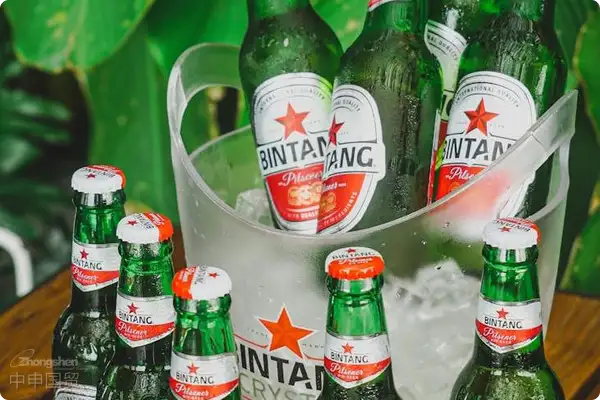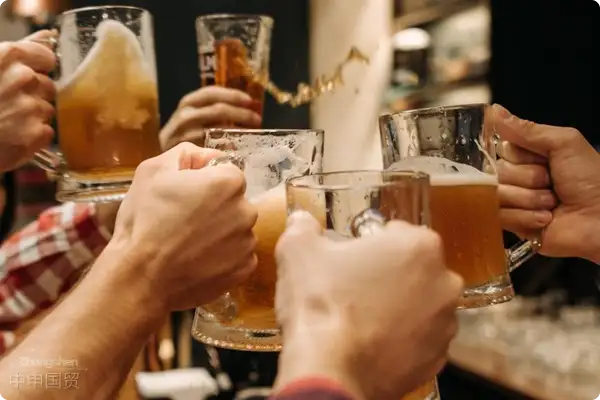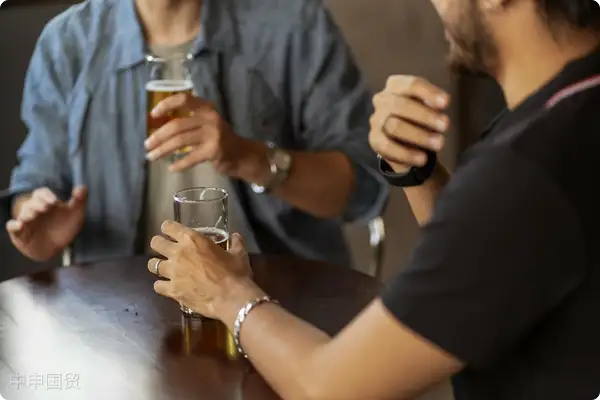- Shanghai Zhongshen International Trade Co., Ltd. - Two decades of trade agency expertise.
- Service Hotline: 139 1787 2118
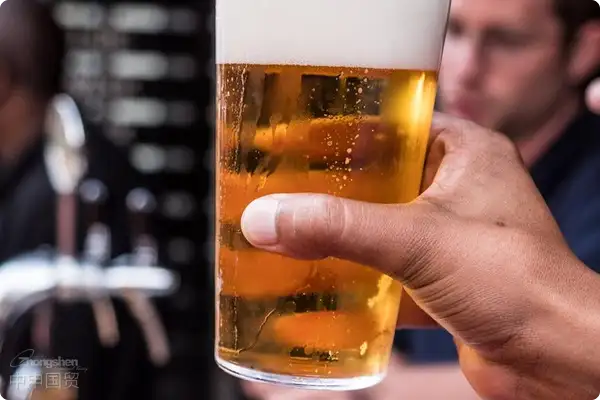
When craft beer meets HS codes
Last year a client running a community tavern approached me. He was interested in a German wheat beer but becausethe HS code was mistakenly classified under beverage category, the entire shipment was stuck at customs for two weeks. This story tells us: imported beer is never simply buy in - sell out, every step contains professional thresholds.
Product positioning: Avoid the hot product trap
A common mistake beginners make is blindly following trending products. I once helped a client analyze a set of comparative data:
| Beer types | Import tariffs | Shelf Life | Terminal premium space |
|---|---|---|---|
| Industrial lager | 14% | 12-18 Months | 15%-25% |
| Craft IPA | 14%+10% consumption tax | 6-9 Months | 50%-80% |
Superficially craft beer appears more profitable, but in actual operation:
- Additional procedures requiredAlcohol business license
- Mandatory Chinese back label pre-approval
- Cold chain transportation costs increase by 30%
Qualification review: Dont let documents become the stumbling block
Case handled just last week: An importer had €800,000 worth of Belgian white beer detained at Tianjin Port because the suppliershygiene certificate lacked manufacturers official seal. Essential document checklist:
- It is recommended to verify through the following methods:Certificate (Note the EUs new anti-counterfeiting label)
- Ingredient testing report (focus on malt concentration)
- Bottle recycling certificate (special requirement for countries with environmental regulations like Germany/Netherlands)
Customs declaration practice: Three sensitive points for beer imports
- Alcohol concentration testingInspection triggered when actual values deviate from declared values by over 0.5%
- Origin tracingEU requires malt cultivation certificates starting from 2025
- Label filing/record filingClaims like preservative-free require supporting test reports
Logistics optimization: From container shipping to cold chain details
After experiencing the painful lesson of beer bottles bursting in hot weather, Ive compiled this set of operational standards:
- Pre-cool containers to 5°C 48 hours before loading
- Leave 3cm ventilation gaps between each pallet
- Use GPS trackers with temperature recording
The costly lessons weve learned over the years
- Case 1: A client declared 330ml specifications as 350ml, resulting in 120,000 yuan in back taxes and fines
- Case 2: Misjudged tax rates due to overlooking classification differences between Japanese sake and beer
- Case 3: Promotional gift cups lacked3CCertification, resulting in entire shipment being returned
Standing at Tianjin Port looking at the freshly cleared beer containers, the sea breeze seems to carry the aroma of malt. The most fascinating aspect of this industry is how professional expertise at every stage ultimately translates into the joy of consumers raising their glasses. May these experiences make your import journey smoother and more rewarding.
Related Recommendations
? 2025. All Rights Reserved. Shanghai ICP No. 2023007705-2  PSB Record: Shanghai No.31011502009912
PSB Record: Shanghai No.31011502009912
